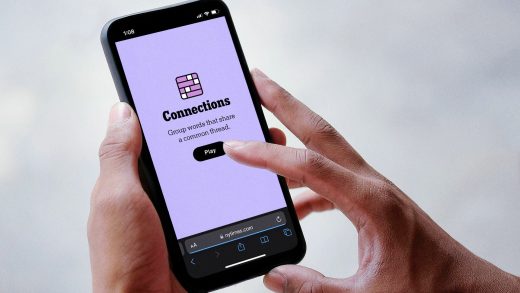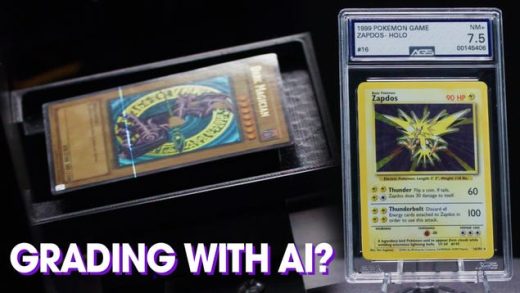In December of 1991 as a senior at the US Air Force Academy, I wrote “American POWs in Southeast Asia and the Violation of a National Ethic” as my final research paper in my “History of Military Thought” class taught by visiting Colorado College professor, Dennis Showalter. That research was very challenging for me to complete, in part because my father flew 100 missions over North Vietnam and Laos in 1966 and could have been among the captured servicemen who the United States did not bring home in February 1973 as part of Operation Homecoming. This week I started reading Carol Hrdlicka’s book, “Finding David: An American Wife Betrayed by her Government,” which was published in 2021. Carol’s husband, David Hrdlicka, was the only confirmed US pilot captured in Laos during our wars in Southeast Asia who was officially recognized as a living POW by the US Government. David never came home from Southeast Asia and his fate remains a mystery to this day. I wore a POW/MIA bracelet with David Hrdlicka’s name and shoot down statistics from May 1965 as a cadet and Air Force officer, until 2005 when I lost it.
Our youngest daughter’s interest in the Vietnam War (and more accurately stated, our wars in Southeast Asia in the 1960s and 1970s) encouraged me to revisit that 1991 research paper as well as a website on the POW/MIA issue which I have maintained since the mid-1990s. This evening, encouraged by my discussion about the AI tool Google Notebook LM by Jason Neiffer in our “EdTech Situation Room” podcast episode we recorded this evening, I put my 1991 paper on US POW/MIAs into NotebookLM and created an AI generated “Audio Overview.”

I am stunned by the quality of this 8 minute and 45 second “audio summary” of my paper from 33 years ago. I downloaded the WAV file of the audio from NotebookLM, transferred it to my iPhone via AirDrop, and used the free app Voice Record Pro to create a video version of the audio summary which I shared on YouTube, using the POW/MIA flag as the thumbnail. The current “audio summaries” generated by GoogleLM feature two speakers, a male and a female, and their voices sound absolutely natural to me. While their conversation focused entirely on the main ideas and arguments I presented in my research paper, “they” (these disembodied AI voices created with Google algorithms) engaged in a highly believable as well as engaging conversation which accurately and impressively communicated understanding of the main points of my paper. WOW. I encourage you to give “their audio conversation” a listen.
The implications of this current technology are STUNNING and more than I can adequately reflect on this evening in this post. I’ve been using the AI features of Descript.com for a couple months now to create English as well as French transcripts of oral history interviews and podcasts, and have had similar responses to its use as I did this evening with NotebookLM. I used Descript to edit Sunday evening’s podcast with my wife and create a full, accurate transcript in about 5 minutes. These capabilities are MIND BLOWING. These are not incremental improvements in communication technologies. These represent huge leaps forward.
I’m excited to use Google Notebook LM more in the days and weeks ahead, as I work on other teaching and writing projects like “Teaching the Conspiracies” (part of my media literacy project, “Conspiracies and Culture Wars”) and finally finish / publish “Pocket Share Jesus: Be a Digital Witness for Christ.”
Empowered with tools like Descript and NotebookLM, I feel like a more capable author, writer, content creator and communicator than ever before.

Source : POWs and GoogleLM









